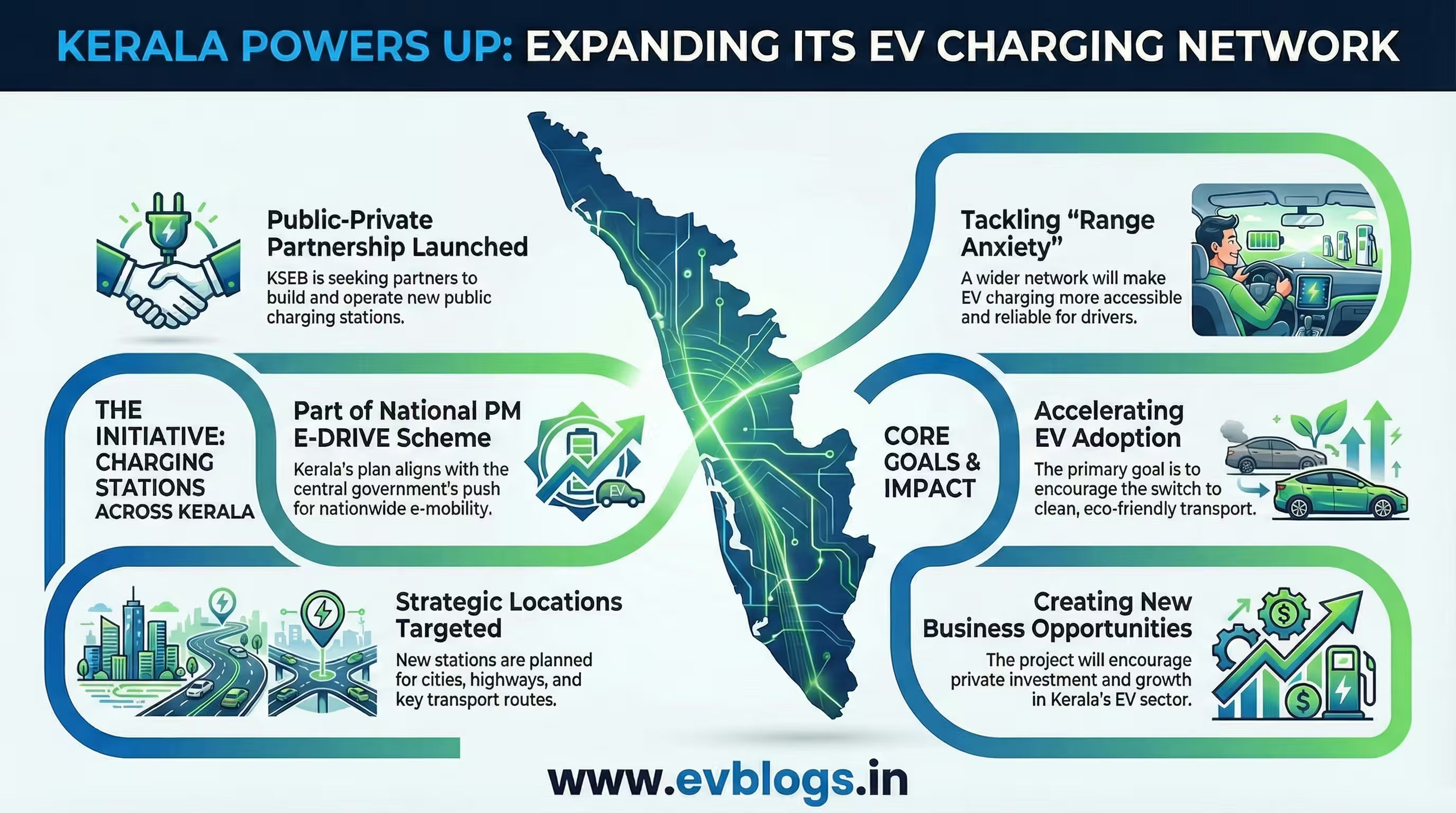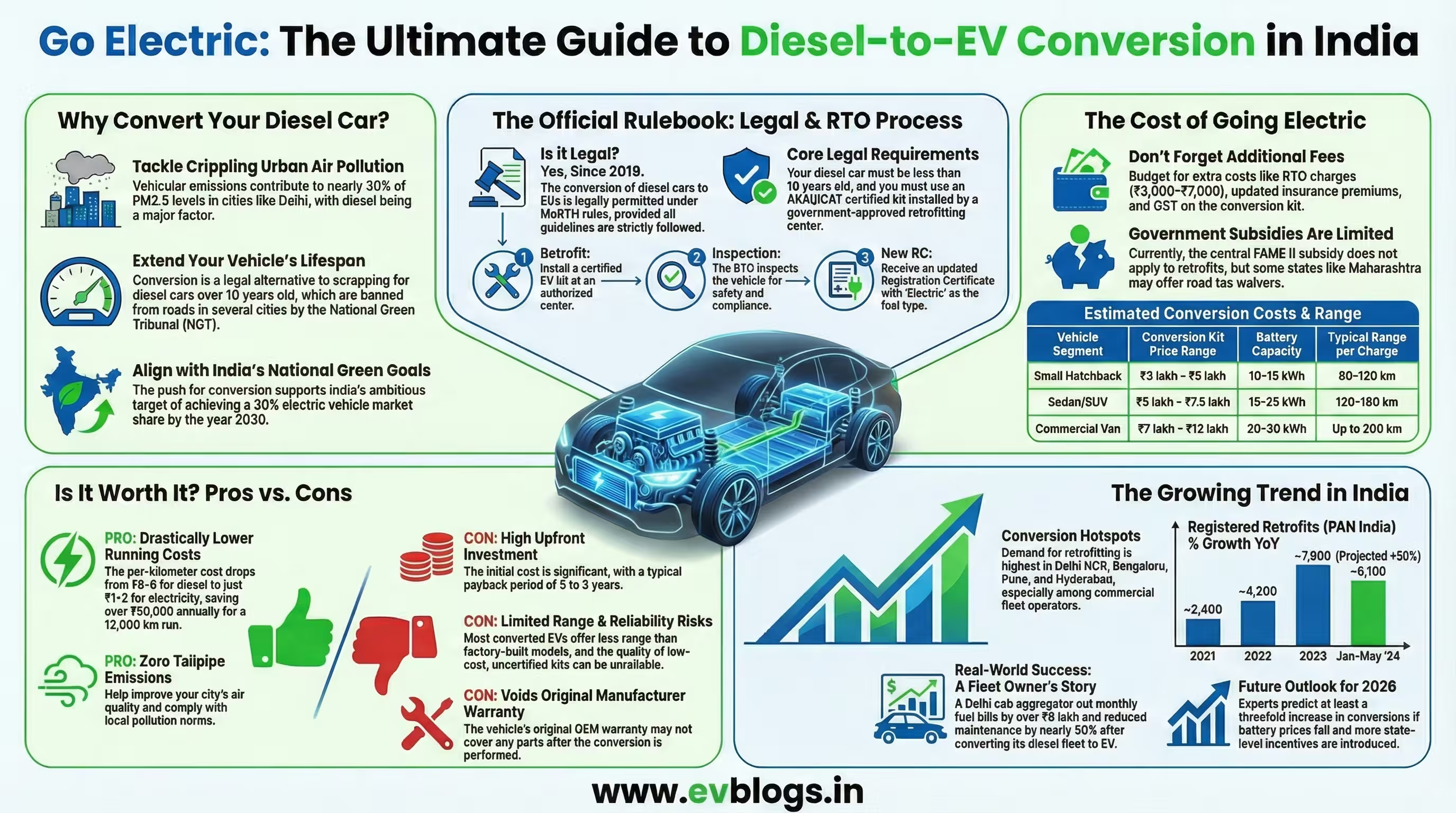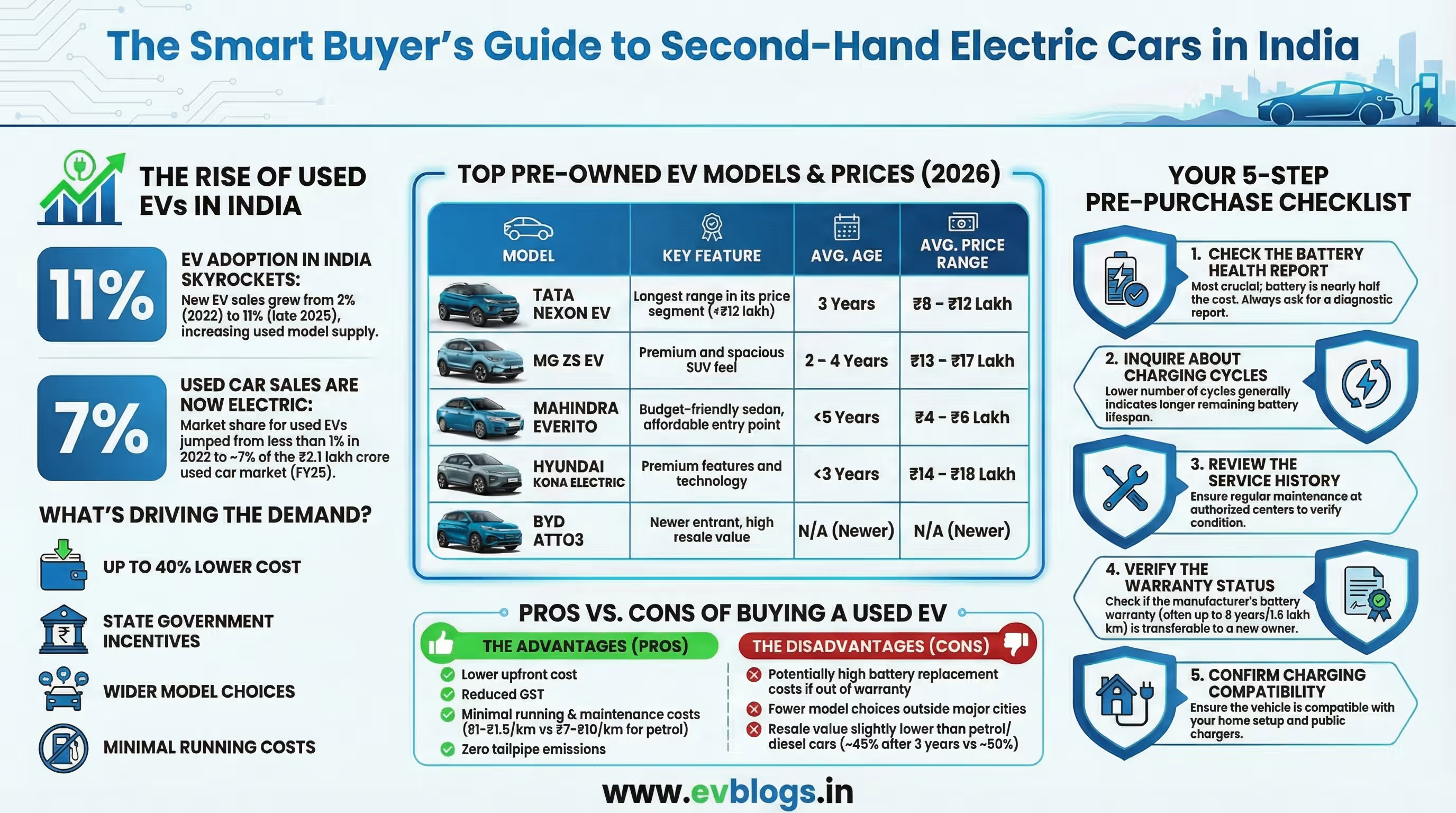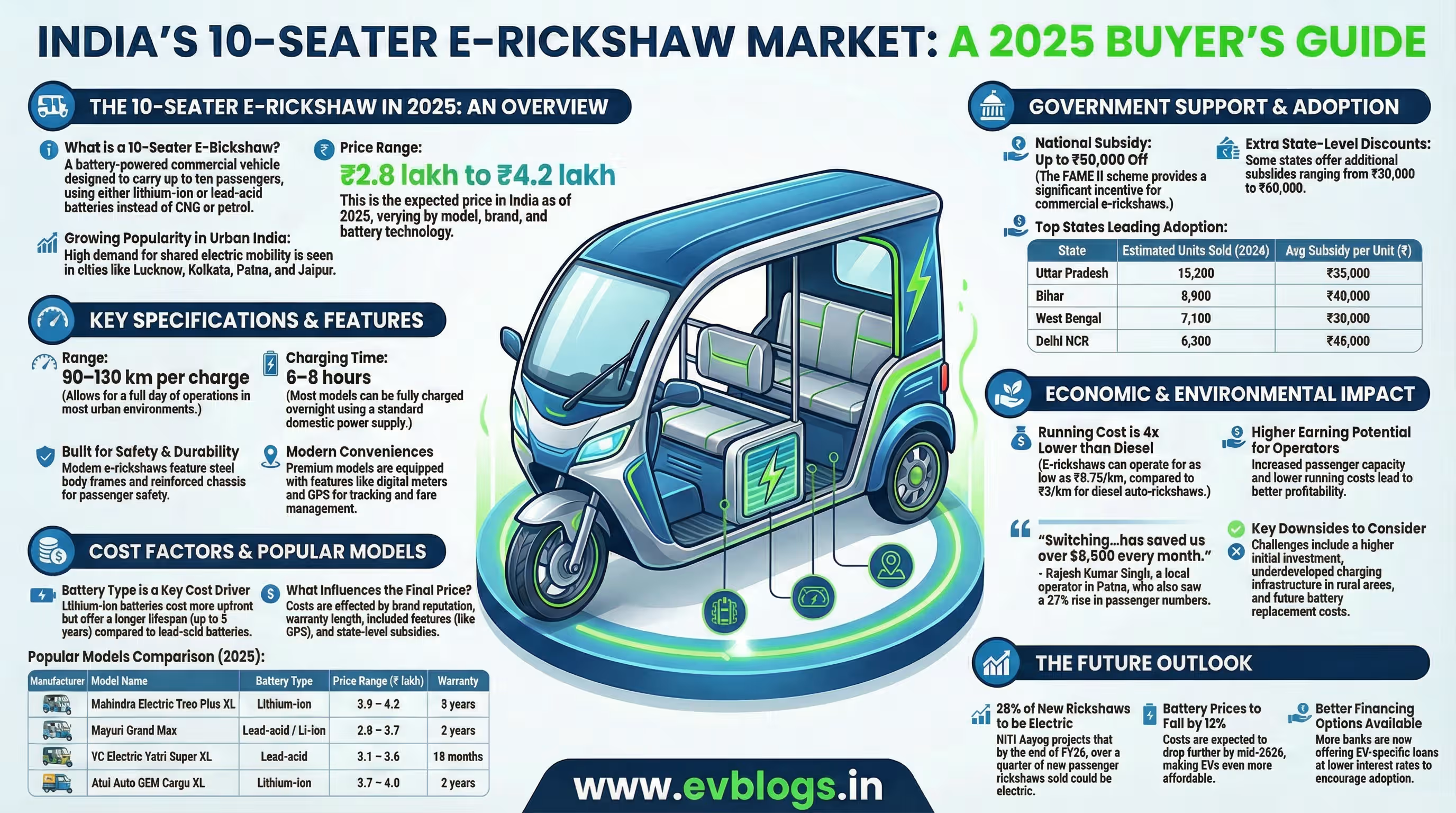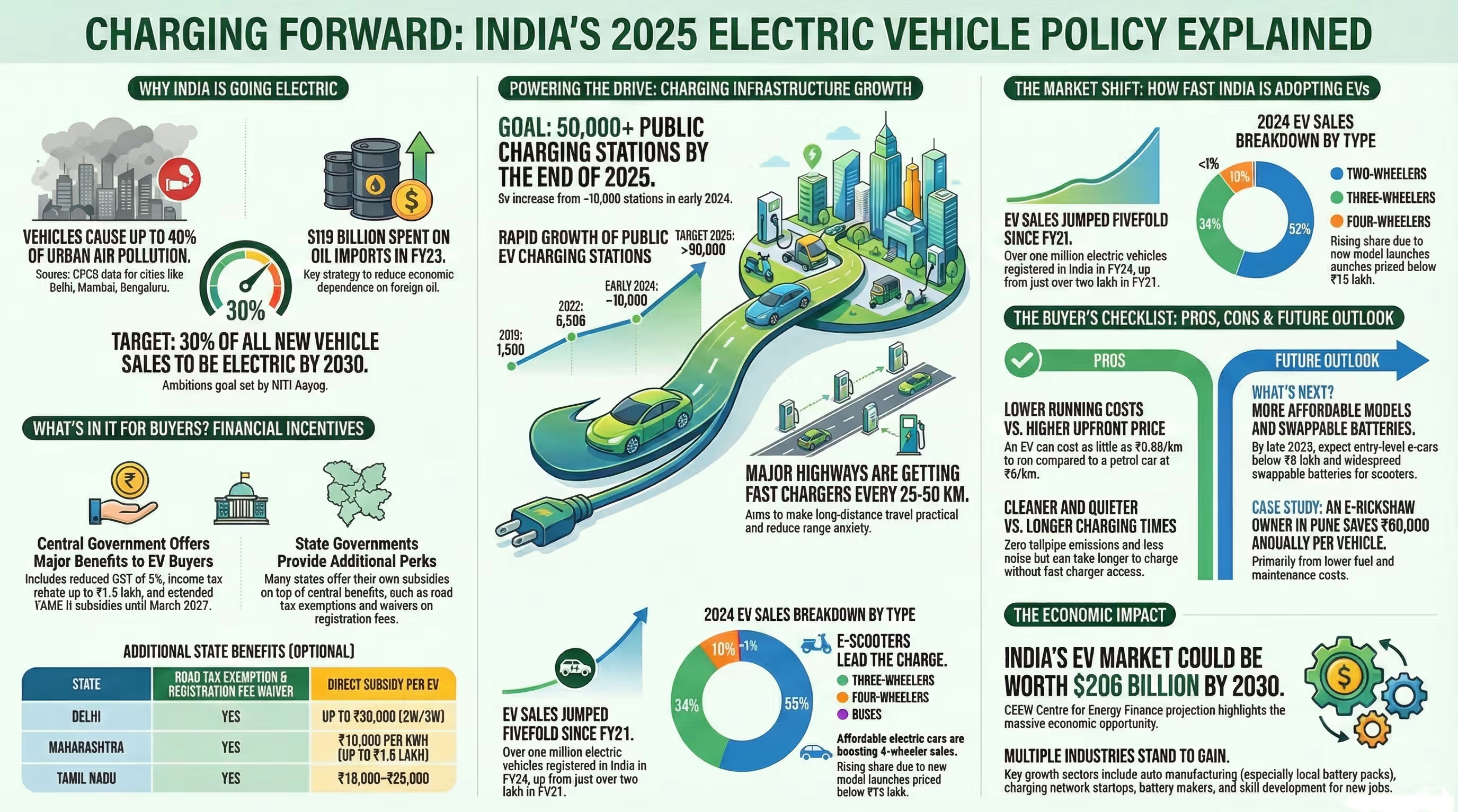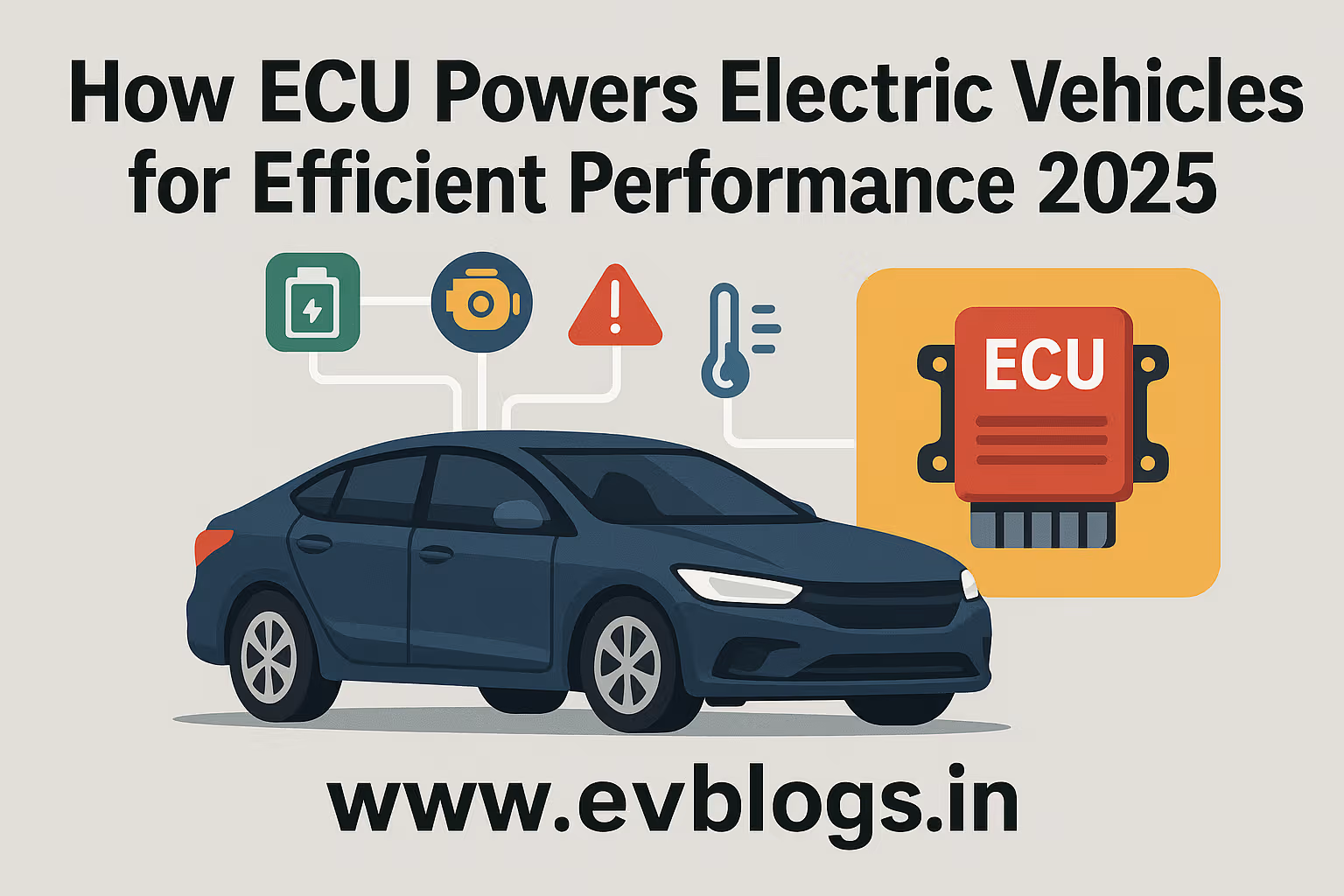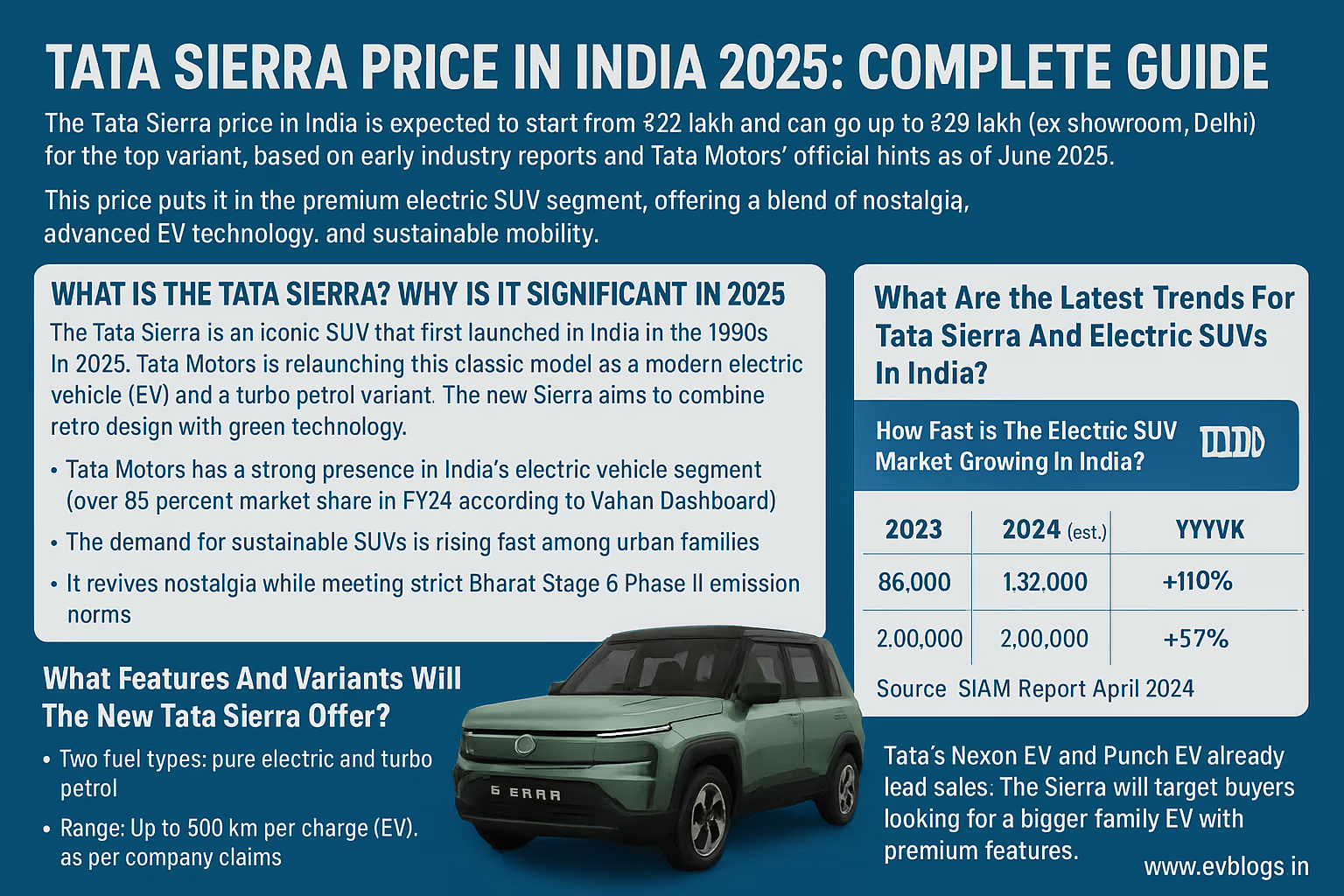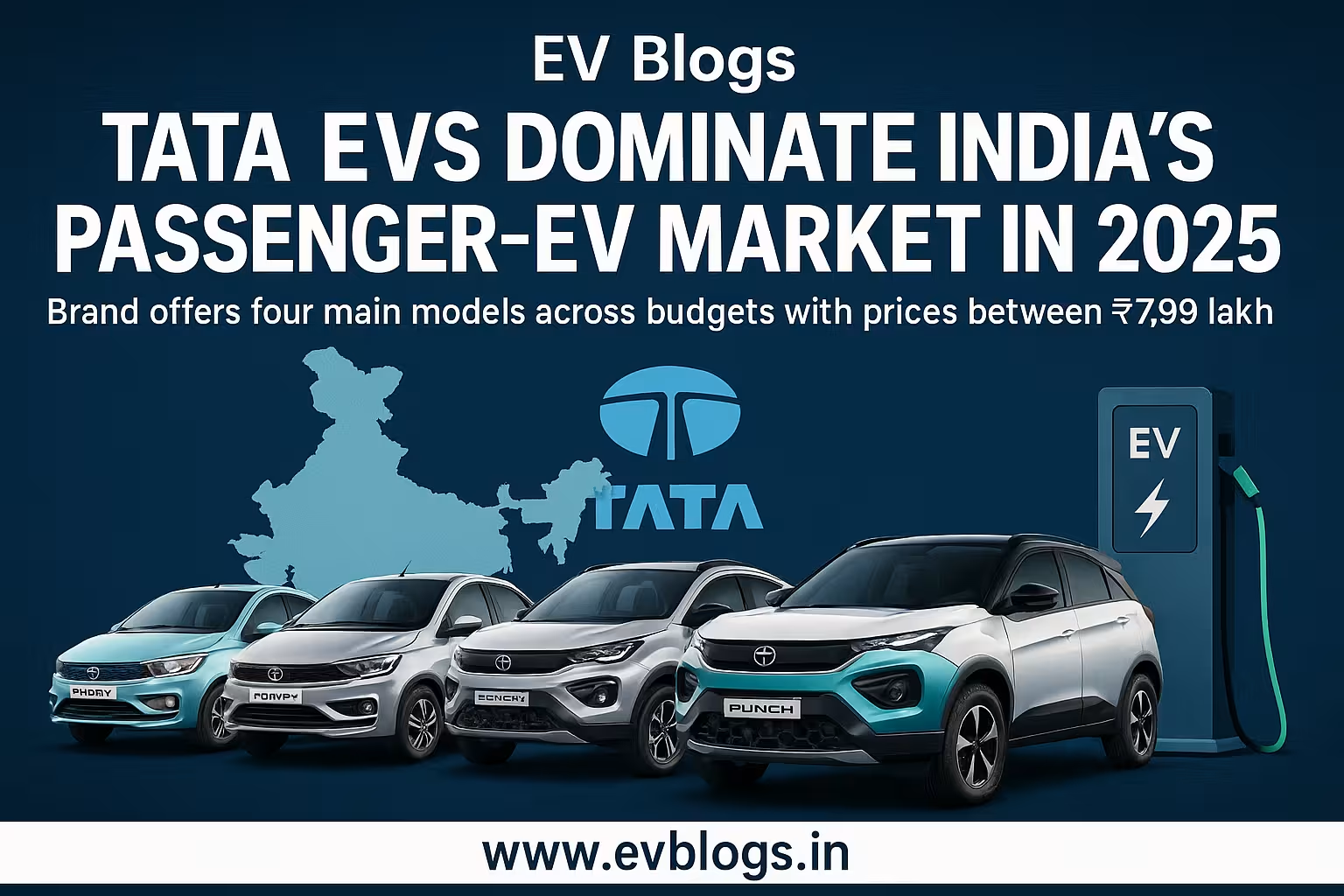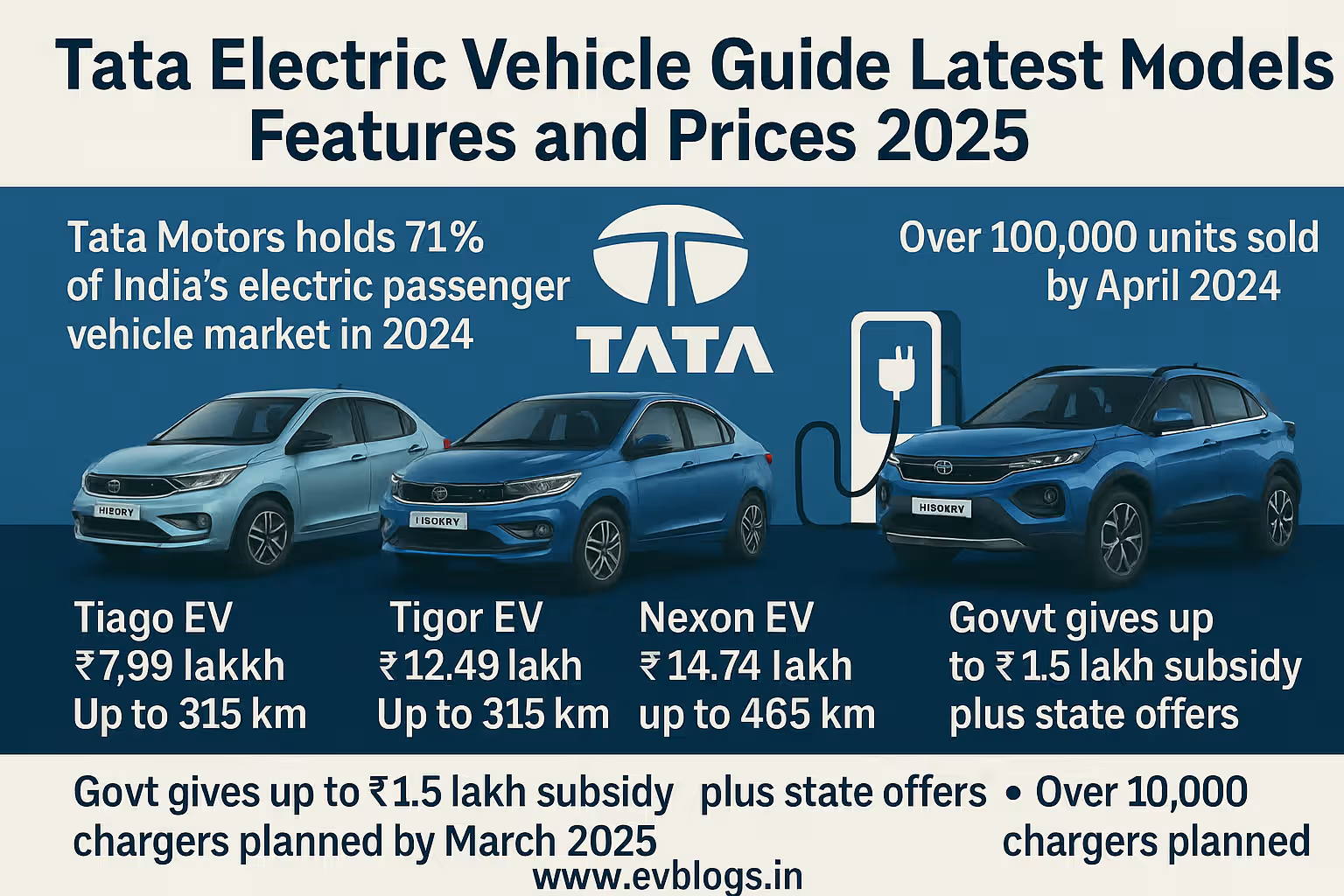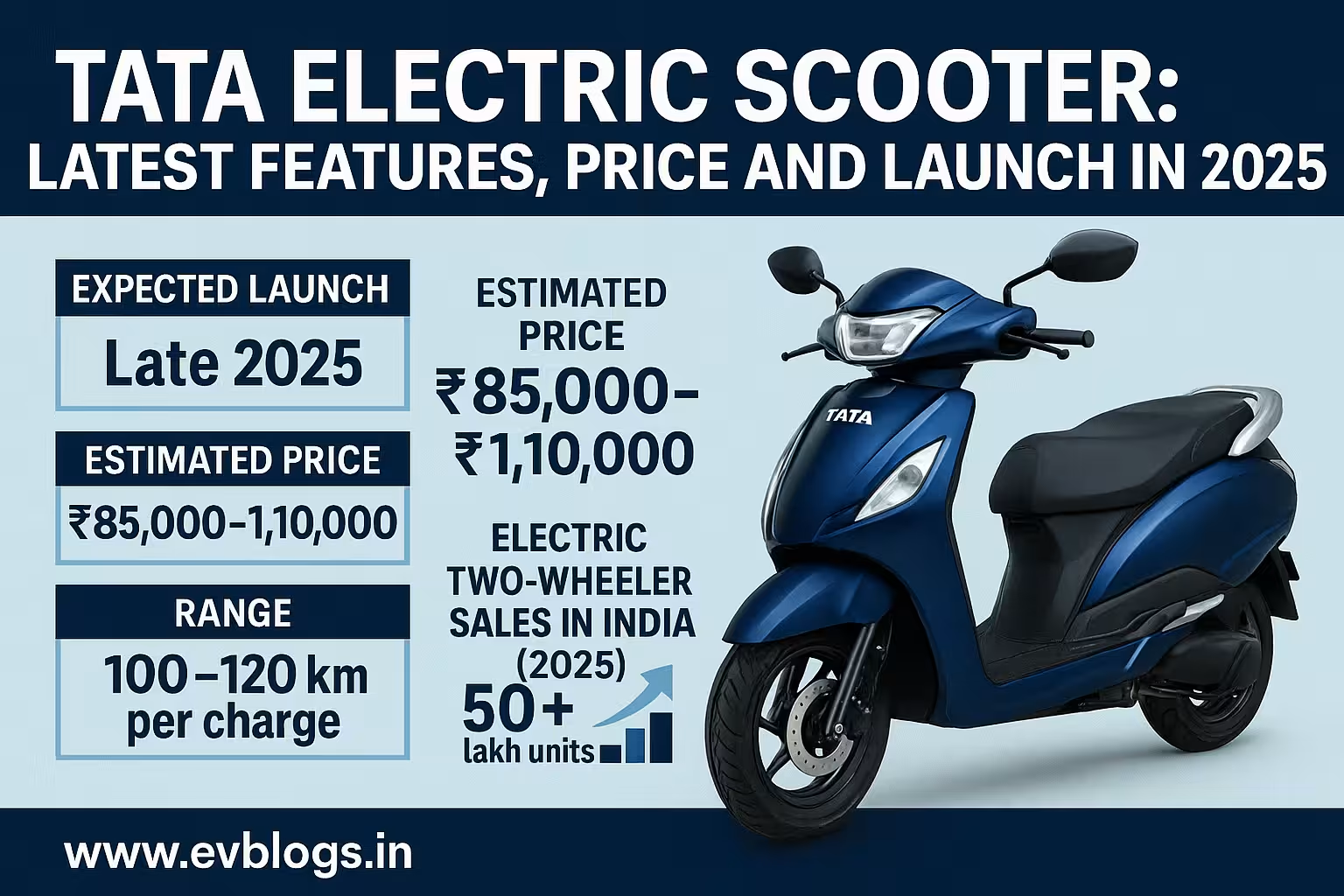Hedhvick Hirav
Hedhvick Hirav is a dedicated EV researcher and editor with over 4 years of experience in India’s growing electric vehicle ecosystem. Their contributions have been recognized in leading sustainability publications and automotive journals.
Summarize & analyze this article with
Choose an AI assistant and open this article directly:
Tip: if the AI doesn’t fetch the page automatically, paste the article URL manually.
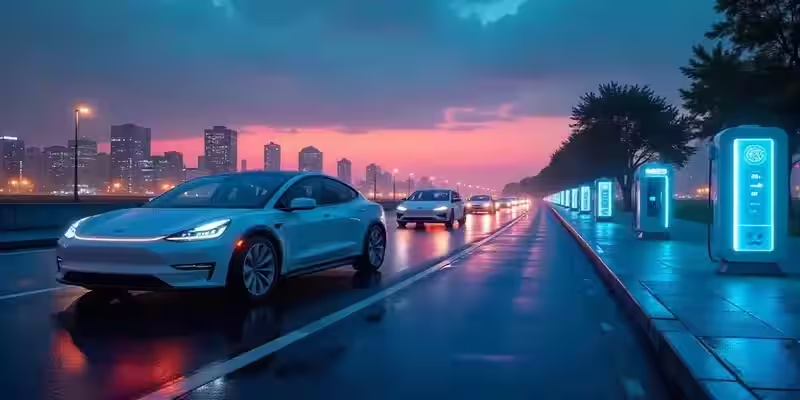
Scene 1: EV Confusion- The Crossroads
It is just a busy Monday morning in Bengaluru. As the traffic inexplicably inches along inch by inch, you cannot help but listen to the two mates having a conversation at a coffee shop:
Dude, I think it is time. Petrol breaks 115! Perhaps I ought to scrutinize an EV.”
The other nods and sips his coffee, saying it is a good idea, but which type of EV? BEV? PHEV? HEV? Quite literally, it reads like alphabet soup.”
When they rub their heads you realize they are not alone. These EV terms are confusing to a lot of people in India. Be not afraid; This is to demystify this puzzle in a clear, confident and in simple words.
What is BEV, PHEV and HEV?
In India, there are three types of electric vehicles mostly:
- Battery Electric Vehicles (BEV) - completely electric.
- Plug-in Hybrid Electric Vehicles (PHEV) - electric and petrol.
- HEV - Hybrid Electric Vehicles - running on petrol with the help of battery.
However, we should now take a closer look at each type, one at a time, and determine which one of them fits your lifestyle the best.
Scenario 3: Battery Electric Vehicles (BEV) The Pure EV experience
i imagined they had about 15 percent repairs, or something like that.
Think of the ease of driving in the traffic with the windows down and no petrol fumes in the air. The Indian cases (2025):
How the BEVs Work
- Completely battery, with rechargeable batteries.
- You recharge them as you would your smart phone overnight or in public charging places.
- Tata Nexon EV (favourite BEV in India)
Scene 4: Plug-in Hybrid Electric Cars (PHEV) - A combination of the two worlds
赤ava descending to the level of a red herring.
EV (affordable city EV)
Pros (based on the experience of real owners):
- No petrol or diesel, therefore, no departmental exhaust fumes.
- Noise-free and vibration-free driving.
- The government subsidies also bring down the purchasing price by a considerable amount (up to 1.5 lakh under FAME-II).
Cons:
- Range anxiety – there are BEVs that may restrict you to a range of about 300-400 km on a full battery.
- Charging infrastructure is developing very fast, but it is not yet everywhere.
Expert Insight:
The Society of Indian Automobile Manufacturers (SIAM) noted that BEVs sales increased by 150 percent between 2023 and 2025 as high fuel prices and enhanced charging points increased their popularity.
Indian examples of current (2025):
Try this out now, imagine you are driving your EV around Mumbai and you run out of electric range. It does not mean that you are running around worrying where to charge your car; rather it just changes to petrol mode. It is time to enjoy the PHEV life.
- Hyundai Tucson PHEV (End of the year)
Both are electrically-powered and petrol-powered.
- Recharge the battery out ofor fill petrol in the usual way–the decision is yours!
Pros (life situations):
- BYD Tang (premium SUV with a high level of versatility)
Scene 5: Hybrid Electric Vehicles (HEV) Petrol Convenience, Electric Efficiency
controversies over the issues of hybrid petrol cars have not been completely resolved to this day.
Examples that will be available in India (2025):
- Is both electric efficient and petrol convenient.
- Better on longer journeys along the highway or in places where there are not many charging stations.
Cons:
- Tend to be more expensive to purchase up-front than BEVs
- Short pure-electric range (30-60 km normally).
Expert Insight:
A recent report by Deloitte India indicates that PHEVs are the best option when charging infrastructure in India is still increasing giving peace-of-mind to the early EV adopters who travel long distances.
- Honda City hybrid
And lastly, there are HEVs- the EV without external charging.
HEVs Mechanisms
- Run by petrol engines and electric batteries which are small.
- Battery is charged automatically by regenerative braking (self charging).
- Maruti Suzuki grand vitara hybrid
Improved fuel economy (up to 25-30 km/litre in the normal driving).
- No fear of the range, no charging abnormalities.
Pros (on the part of Indian owners):
Scene 6: BEV, PHEV, and HEV side-by-side (2025)
prisoners to enter the prison in the morning, and in the evening go back - get back inside the prison - to its essays descriptive words? Sc.6: comparison of BEV, PHEV and HEV side-by-side (2025)
FAQs 8: Radicalized
Radicalized
Radicalized
Cons:
- No pure-electric driving program.
- At present, there are not any government incentives in the form of subsidies.
Expert Insight:
A report released by RDAI shows that HEVs are a great alternative in bridging the gap between petrol vehicles and fully electric vehicles in a market like India.
It is referred to as the final scene of your EV experience.
| Feature | BEV | PHEV | HEV |
|---|---|---|---|
| Energy Source | Electric battery | Electric & Petrol | Petrol and 6/12 small battery |
| Charging Needed | Yes | Optional | No (self-charging) |
| Tailpipe Emissions | Zero | Low | Moderate |
| FAME II Scheme | Yes | Partial | None |
| Real-world Efficiency | Highest | High | Moderate |
| Maintenance Costs | Lowest | Moderate | Moderate-High |
Scene 7: Who is the right buyer of BEV, PHEV or HEV?
BEVs are ideal in case you:
- Commute everyday in cities.
- Can conveniently plug into a charge (home/office).
- Want no petrol charges
PHEVs are what suit you in case you want to use it.
- Often make long distances trips.
- Like an EV, but not the sacrifice of petrol convenience
EVs are perfect in case of:
- Unavailability of the charging infrastructure
- Wish you had more fuel economy without a plug in.
radicalized
radicalized
How long does it take to charge BEV?
Usually 6-8 hours at home 30-60 mins at fast chargers.
Are HEVs eligible to government subsidies?
Now, there are no subsidies in the case of HEVs as per FAME-II scheme.
Are PHEVs economical in India?
Yes, in case you use frequently electric mode to run some short trips.
With a name like final scene of your EV experience, it is also known as the final scene.
The lights die down, dramatic music subsides and you know now, no confusion. You now know all you need to know in order to confidently enter the EV future.
What is your next step? Select the type of the electric vehicle that will best suit your lifestyle and preferences.


